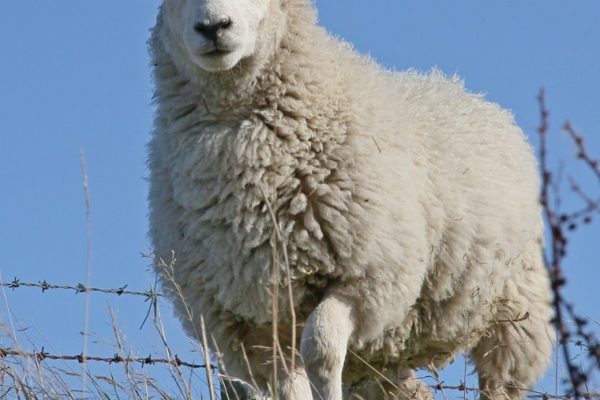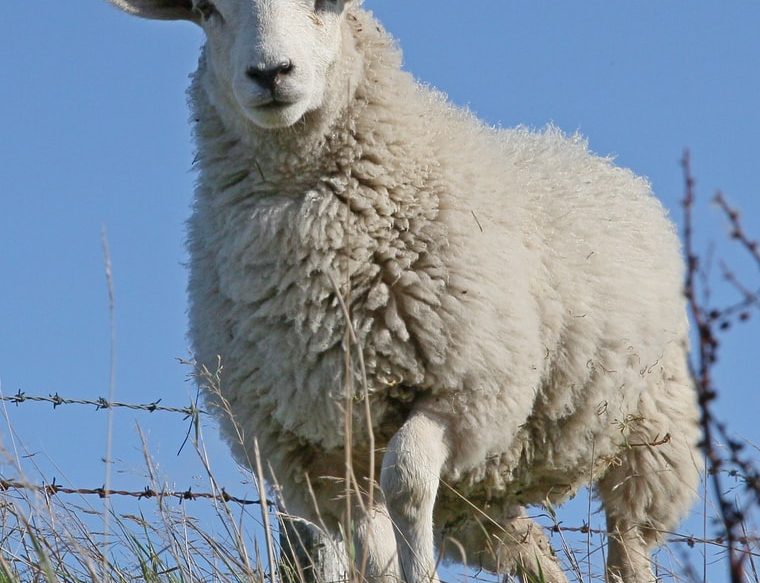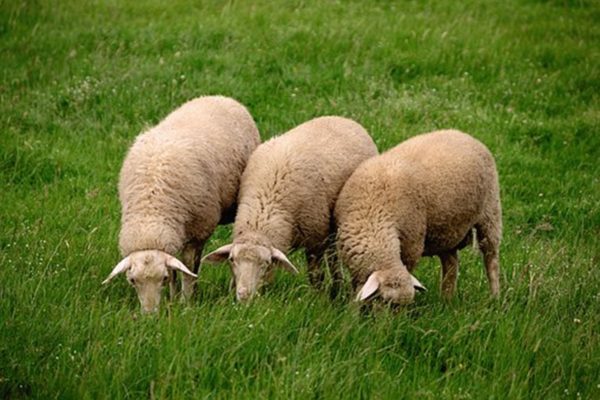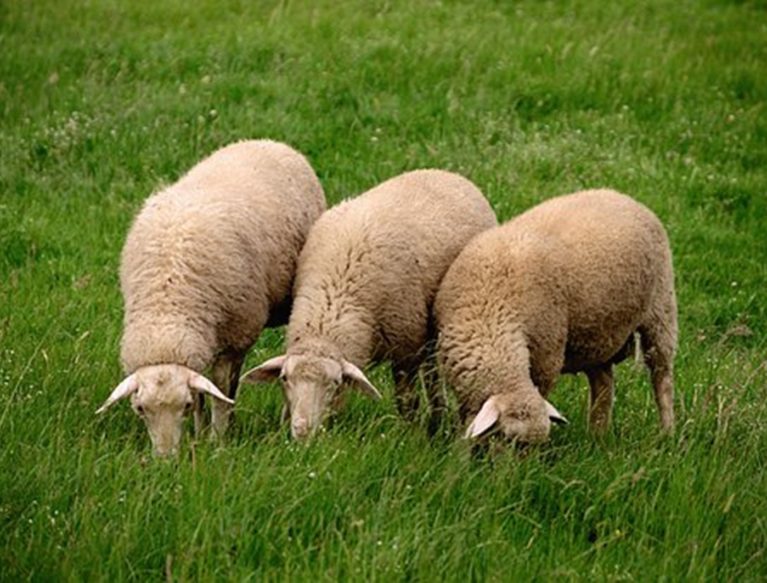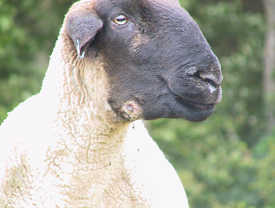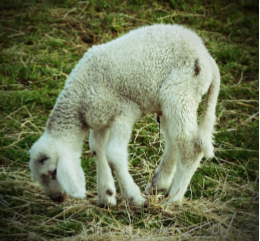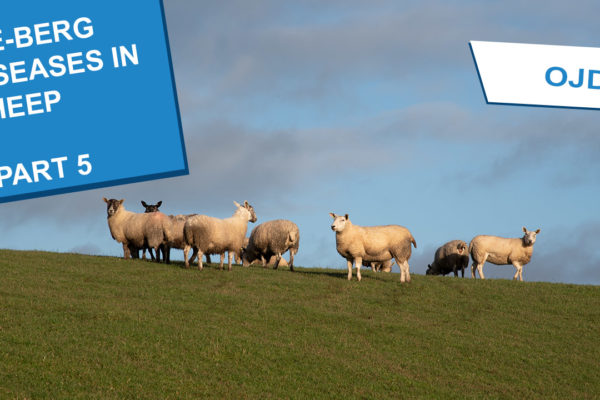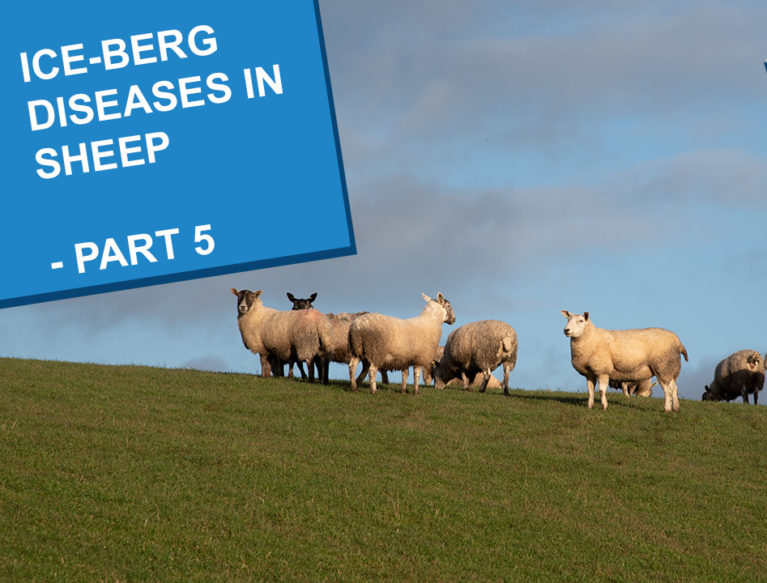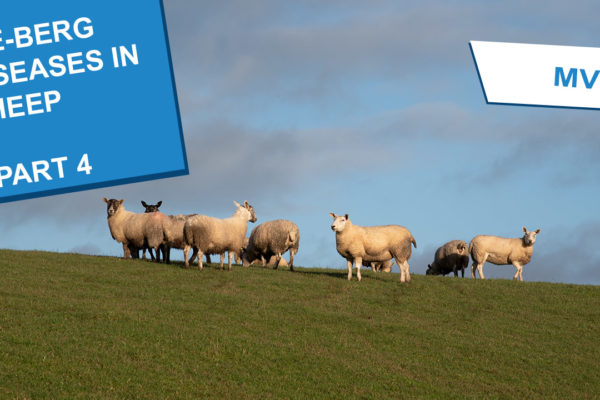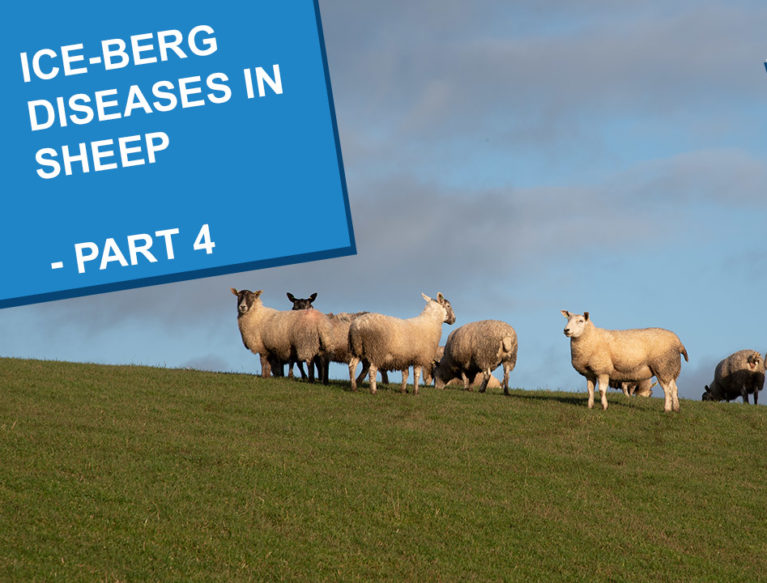Sheep
What may the future hold for the Scottish West Coast sheep farmers?
To discuss this question, SAC Consultant Poppy Frater speaks with Kev Bevan, a former SAC Consulting colleague who specialises in farm business management, policy and market analysis. Kev highlights the…
Read More >Iceberg Disease Case Study, The Mitchell Family
The Mitchell family farm approximately 1050 acres across Whitriggs and Denholm Hill farms. This family run business acted as the Borders Monitor Farm for QMS Scotland from 2016-19. Prior to becoming a monitor farm, the family had little knowledge of iceberg diseases. In 2016, at the start of the project the farm had 1000 Llyen ewes which had been a closed flock since 2001.
Read More >Ovine Pulmonary Adenocarcinoma
Often referred to as “Jaagsiekte” it is caused by a retrovirus. This virus infects the lungs of sheep, causing tumours to develop and fluid to accumulate within the airways.
Read More >Maedi Visna
MV is caused by a retrovirus and is capable of having devastating effects on a flock, significantly reducing fertility and productivity. MV is a chronic wasting disorder, which is increasing in prevalence across UK flocks (recently doubling from 1.4-2.8%).
Read More >Caseous Lymphadenitis
Caseous Lymphadenitis (CLA) was first detected in UK sheep during 1987 following the importation of infected goats from Germany. Caused by the bacterium “Corynebacterium pseudotuberculosis” this is a chronic disease often characterised by the formation of abscesses within the lymph nodes and/or internal organs of infected animals.
Read More >Border Disease
Often referred to as “hairy shaker disease”, Border Disease is caused by a pestivirus very similar to the one which causes Bovine Viral Diarrhoea (BVD) in cattle. Border Disease has the ability to increase the proportion of barren ewes within a flock by 2-8% per year, with infected lambs growing on average 20% slower than uninfected lambs throughout the first six weeks of life.
Read More >Ice-berg Diseases in Sheep – Ovine Johnes Disease (OJD)
Johnes – Ovine Johnes Disease (OJD) was first described in 1985. OJD is a condition caused by the bacterium “Mycobacterium avium spp. Paratuberculosis” (MAP). Johne’s is a condition which affects…
Read More >Ice-berg Diseases in Sheep – Maedi Visna (MV)
MV – Maedi Visna (MV) was first detected in Icelandic sheep flocks during 1954, before being introduced to the UK following the importation of infected sheep. MV is caused by…
Read More >



